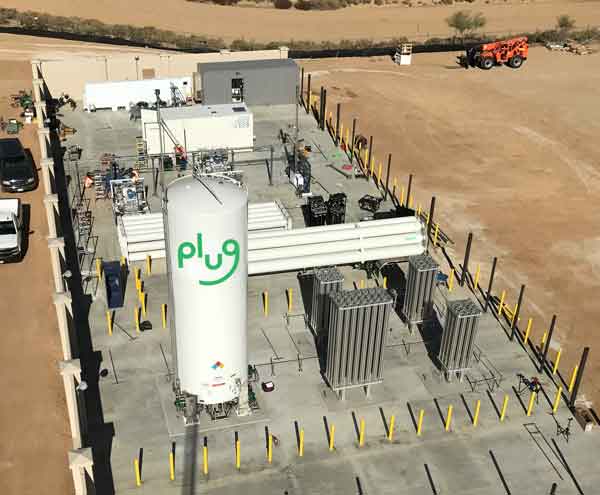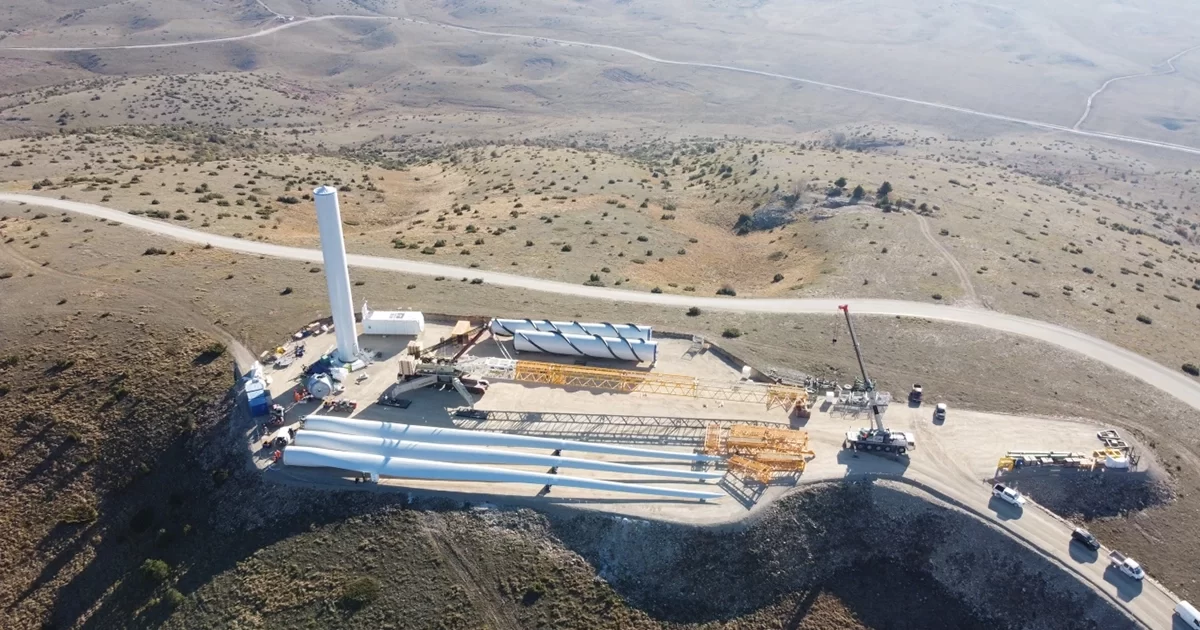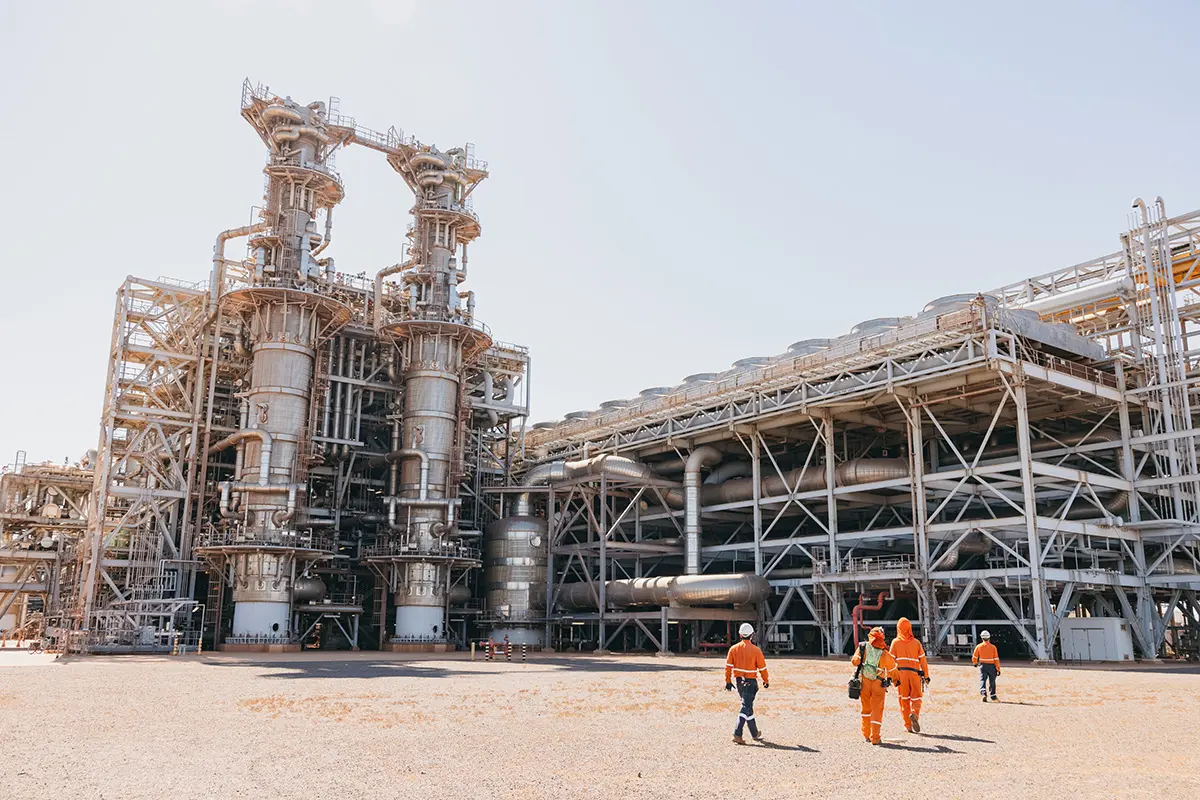
Plug Power To Deliver Green Hydrogen To Amazon By 2025

Plug Power (Plug) signed a deal with Amazon to supply 10,950 tons (9934 tonnes) per year of liquid green hydrogen starting on January 1, 2025. Amazon is committed to becoming net-zero by 2040 and has been known to make renewable energy investments for clean power generation. However, green hydrogen has the potential to lower Amazon’s transportation emissions, power generation emissions, and decarbonize several facets of its operations. “By building a complete hydrogen ecosystem from molecule to applications combined with a resilient network of green hydrogen plants around the world — we have made hydrogen adoption easy,” said Andy Marsh, CEO of Plug. “Landing a green hydrogen supply deal with a customer like Amazon validates our multi-year investment and strategic expansion into green hydrogen. We are excited to expand our relationship with Amazon in exploring the use of other hydrogen applications, such as fuel-cell electric trucks and fuel-cell power generation stations that could provide electricity to Amazon buildings, and the deployment of electrolyzers in fulfillment centers.”
Exponential Revenue Growth
Plug’s long-term goal is to produce, store, and deliver hydrogen by being a leader throughout the integrated hydrogen value chain. Plug is forecasting 2025 revenue of US$3 billion. For context, Plug made just over US$500 million in 2021. Despite Plug’s lofty revenue target, and the fact that its stock price has increased by more than 12-fold in the last five years, Plug has never had a positive year of free cash flow or net income in the last decade. However, the company believes that it will sustain high gross margins and eventually achieve profitability as the global hydrogen economy matures.
In the meantime, Plug is guiding for 70 tons (64 tonnes) per day of green hydrogen production by the end of 2022, 500 tons (454 tonnes) per day in North America by 2025, and 1000 tons (907 tonnes) per day globally by 2028. Plug said that increased hydrogen production will expand collaboration opportunities with its partners like Amazon. “Amazon is proud to be an early adopter of green hydrogen given its potential to decarbonize hard-to-abate sectors like long-haul trucking, steel manufacturing, aviation, and ocean shipping,” said Kara Hurst, vice president of Worldwide Sustainability at Amazon. “We are relentless in our pursuit to meet our climate pledge commitment to be net-zero carbon across our operations by 2040, and believe that scaling the supply and demand for green hydrogen, such as through this agreement with Plug Power, will play a key role in helping us achieve our goals.”
Terms Of The Deal
Plug’s first deal with Amazon came in 2017 when Amazon began powering some of its industrial warehouse equipment like forklifts with Plug’s GenKey technology. Under the terms of the deal, Plug gave Amazon warrants to acquire up to 55.29 million shares of Plug Power common stock at US$1.1893 per share, about 20 times less than the current stock price. Since then, Plug has helped Amazon deploy more than 15,000 fuel cells to replace batteries in forklifts across 70 distribution centers.

This time around, the terms weren’t as generous, as Amazon was granted a warrant to acquire up to 16 million shares (Warrant Shares) of Plug ‘s common stock. The exercise price for the first 9 million Warrant Shares is US$22.9841. “The exercise price for the remaining 7 million Warrant Shares will be an amount per share equal to 90% of the 30-day volume weighted average share price of Plug common stock as of the final vesting event that results in full vesting of the first 9 million Amazon Warrant Shares,” said Plug Power in a statement. “Amazon would vest the warrant in full if it spends US$2.1 billion over the seven-year term of the warrant across Plug products, including, but not limited to, electrolyzers, fuel cell solutions, and green hydrogen.” At the time of this writing, the price of Plug stock is around US$28 per share.
Compression Applications
Plug views itself as the only integrated green hydrogen solutions provider in North America. The company makes ProGen fuel cell engines, GenDrive fuel cells for material handling applications, and GenSure backup power for stationary applications. ProGen fuel cell engines include coolant pumps, controllers, compressors, motors, motor controllers, and mass air flow sensors.
Air compressors direct air into the fuel cell stack and extract oxygen from the incoming air. Air compressors are a necessary component of hydrogen fuel cells. However, they are often overlooked in the hydrogen economy because of the importance of hydrogen compressors, which can compress high-volume and high-pressure hydrogen flows to fulfill rigorous hydrogen compression requirements.
The Rise Of A New Alternative Fuel
Plug called out the US Inflation Reduction Act (IRA) as a catalyst for hydrogen growth and the use of hydrogen as an alternative to Russian oil and natural gas. The IRA includes a 10-year production tax credit for clean hydrogen, includes hydrogen in the definition of energy storage technologies, includes hydrogen in the clean vehicle revisions for passenger and commercial vehicles, and includes credits for hydrogen fueling stations.
Despite the highest inflation readings since the 1970s, Plug forecasts strong hydrogen investment and demand throughout the second half of 2022 as the energy sector remains a bright spot for economic growth in an otherwise slowing economy.









